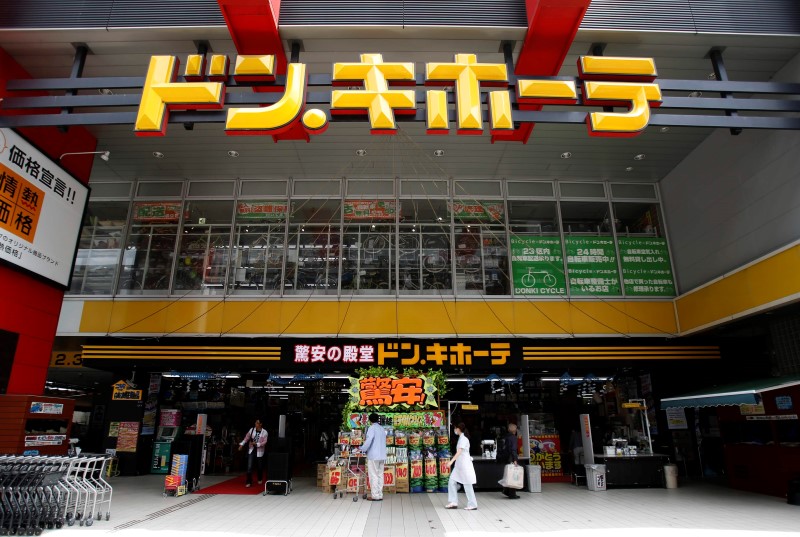Gold prices edge up amid Fed rate cut hopes; US-Russia talks awaited
Investing.com -- The United States and Japan on Tuesday finalized what President Donald Trump called “the largest trade deal in history.”
Under the agreement, Japan will invest $550 billion in the U.S., and its exports to the American market—ranging from vehicles to agricultural goods—will be taxed at 15%, down from the 25% tariff previously threatened.
Trump said the pact would open Japan’s market to U.S. cars, trucks, and farm products and hailed the agreement as a win for both nations.
Japanese Prime Minister Shigeru Ishiba welcomed the deal, highlighting that it brought Japanese trade surplus tariffs to their “lowest figure to date.”
He added that U.S. tariffs on cars and parts would be cut to 15%, though this remains above the 10% rate seen during the temporary suspension of higher tariffs earlier this year.
The trade deal has prompted questions among analysts about whether South Korea could be next.
Bank of America (BofA) said that both Japan and Korea share similar trade dynamics with the U.S., including high current account surpluses, significant auto exports to the U.S., and relatively closed domestic markets.
“Given the U.S.-Japan deal made today, if the negotiation goes smoothly, we see more likelihood that a similar deal could be reached between U.S. and Korea,” said BofA’s China & Korea Economist Benson Wu, pointing to the possibility of a 15% reciprocal tariff structure.
BofA also outlined potential concessions from the Korean side, such as increased foreign direct investment (FDI) in semiconductors, autos, and other high-tech sectors, along with greater imports of U.S. energy and agricultural products. However, certain items like rice and beef remain sensitive.
Separately, Macquarie analysts said that if Korean automakers receive the same 15% tariff treatment as Japan, it would limit downside risk to earnings.
“Our tariff sensitivity analysis finds that each 1%p decline in tariff leads to a 1.6% gain in operating profit (OP) on our current estimates,” which assume a 25% tariff with mitigation efforts in place.
“We expect that a 15% tariff, on a par with the Japanese rate, would limit year-over-year OP decline risk,” they added.
The broker estimates that at the 25% level, Hyundai (OTC:HYMTF) Motor (KS:005380) and Kia Corp (KS:000270) face tariffs of over $6,200 per vehicle—higher than Toyota (NYSE:TM), Honda (NYSE:HMC), and Nissan (OTC:NSANY), which pay between $4,200 and $5,600 per unit.
The firm notes that tariffs had been a major overhang for Asian automakers and that removing this uncertainty could support a valuation re-rating. However, it cautioned that broader import tariffs may still impact affordability as costs are passed on to consumers.
Macquarie sees Hyundai as a key U.S. market share gainer, supported by its growing hybrid vehicle lineup.
